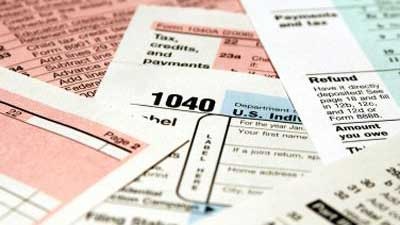Using a Custom Bill of Lading

What kind of document is a bill of lading? It is a set of papers whereby someone who is sending cargo states that the cargo is being transported using a particular vehicle as a means of transportation. This document is used to ensure that cargo is delivered and received by the person to whom it is addressed. The carrier and the consignee are both indicated in the document to ensure proper transport and reception. 'To lade' means to load specific cargo on vessels like ships or on vehicles like trucks which transport cargo to different places. It often happens that cargo is transported by different means of transportation before it reaches its final destination. Because it has to travel a lot around and change transport services, this type is called an export bill of lading.
A bill of lading has three functions. The first function of a Custom Bill of Lading is to make known that cargo is being carried aboard a transportation that will carry it to a designated place of receipt and this bill is governed by terms and conditions pertaining to the transport. Secondly it indicates what kind of transportation is being used and this is clearly indicated in the document. The contents of the cargo is also written down in the bill of lading document.
When the cargo enters several other countries, it becomes necessary to pay customs to these countries. Customs bill of lading are those the requires payment of customs in another country. This document is not unfamiliar to shippers and cargo carriers.
Two different kinds of bill of lading are normally used when transporting cargo to different places. The straight bill of lading is one which is non-negotiable in a sense that it is only the consignee mentioned in the cargo who is able to receive the cargo and the specific transport company acknowledges that the cargo is received and is loaded in their transport vehicle. The only person that can receive the goods in the destination is the specified consignee. The shipper or trucker does not need to hand in the bill of lading once the cargo is delivered. Check out http://www.ehow.com/how_15160_become-truck-driver.html for information about becoming truck drivers.
If the consignee is not the true recipient but another named in the document then the custom bill of lading will allow him to receive it as long as it is endorsed by the shipper. This give the shipper from truckerforms.com a protection since the receiver is not able to obtain the goods without paying the amount due.
Importers, export firms or third party surety will help ensure that payments are made for the cargo, thus needing another document for this purpose.